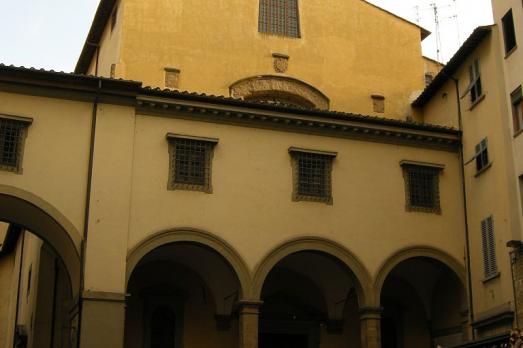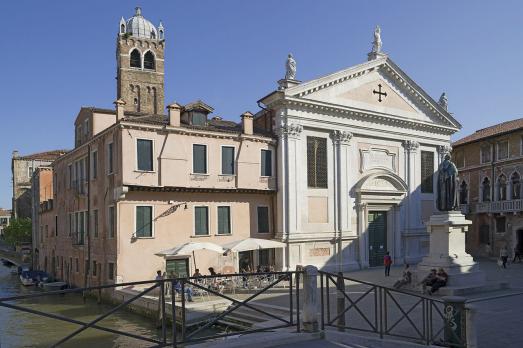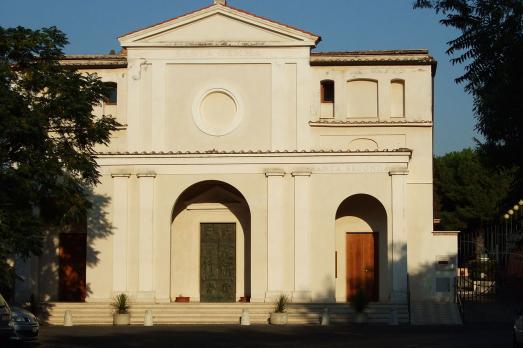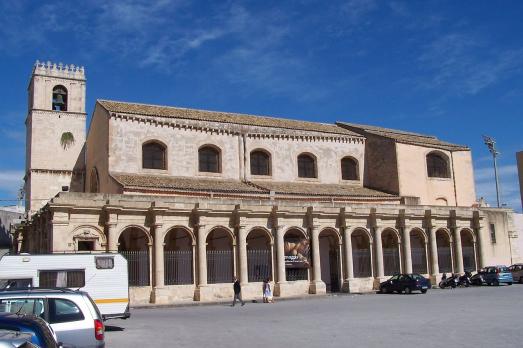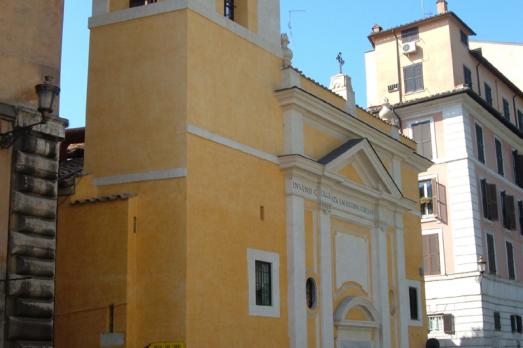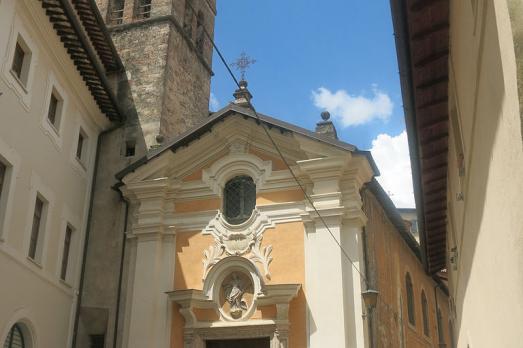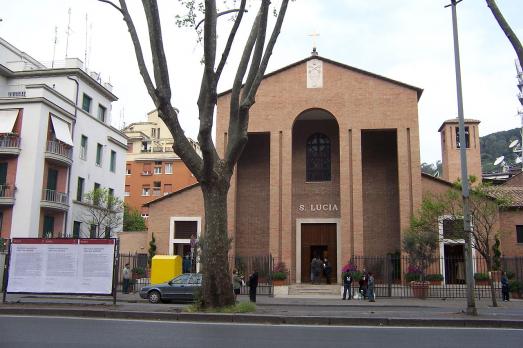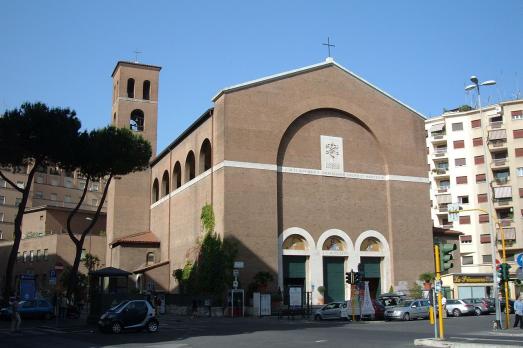
Chiesa di Santa Emerenziana
Roma, IT
The church of Santa Emerenziana was built between 1940 and 1942 at the request of Pope Pius XII, designed by the architect Tullio Rossi, and consecrated on 28 November 1942. The building is made of brick. The facade has three entrance portals close to each other, framed by travertine marble.
